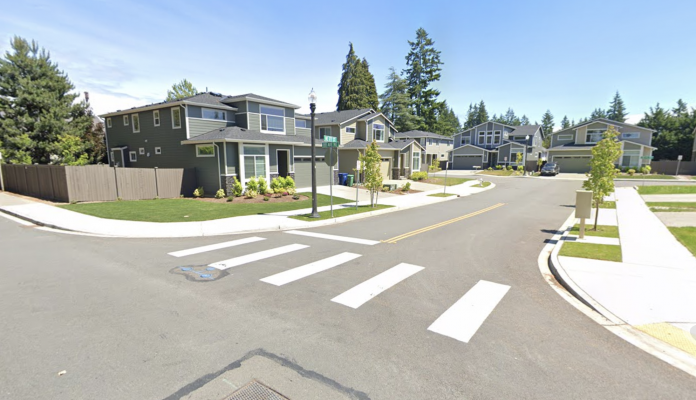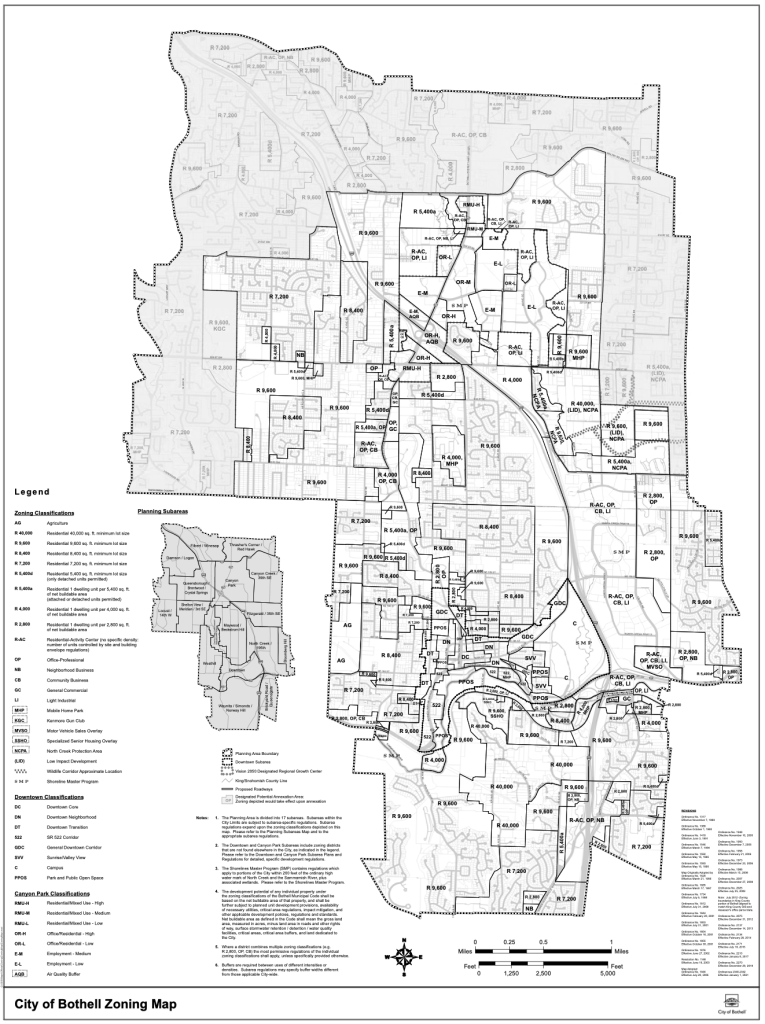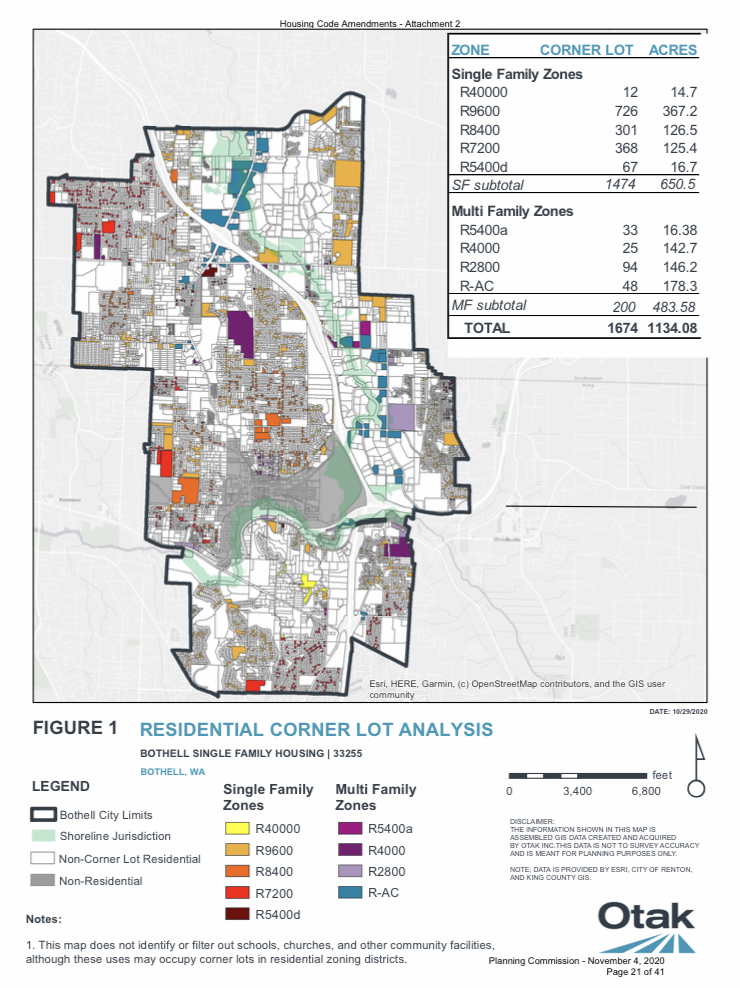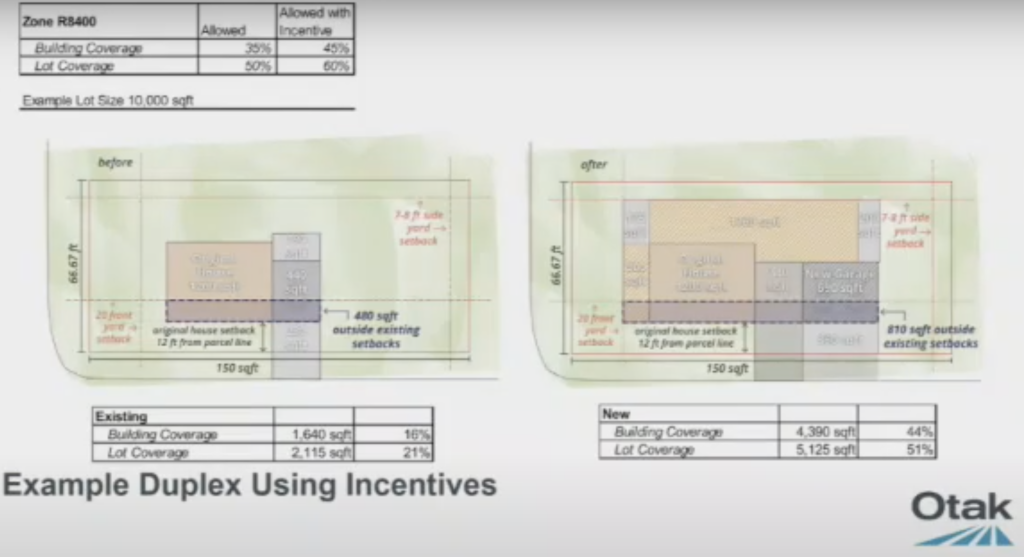Bothell has become the most recent city in the Puget Sound Region to adopt zoning reforms that realize objectives of the state’s 2019 housing options bill. The city has approved zoning changes that allow duplexes on corner lots within single-family residential zones and increases the number of lots that can be processed as a short subdivision. Combined, these changes will allow for more housing choices and speed up the process for approving new lots.
Similar to Olympia, Bothell’s adopted legislation benefits from new “safe harbor” provisions in state statute. This is because the city selected specific zoning reforms that the statute encourages adoption of before an April 1, 2021 deadline. The safe harbor provisions preempt appeals under the State Environmental Policy Act (SEPA) and Growth Management Act. The real benefit in that is reduced costs and uncertainty to local jurisdictions that might otherwise face expensive and time consuming legal challenges in court. That threat is enough for many local jurisdictions to avoid would-be controversial legislation.
Duplexes will now be allowed on corner lots in a handful of single-family zones without any special conditions. Over 1,400 lots in the city could be eligible. Along with this, the city’s consultant had said that these lots could also still qualify for accessory dwelling units, effectively allowing for de facto triplexes. However, city staff has since clarified that this is not possible, but the issue will be explored in the next round of housing amendments.
There are some incentives built into the adopted regulations, too. Several incentives are meant to encourage retaining and renovating an existing dwelling unit that is converted to a corner lot duplex. Project proponents could benefit by matching legal height and setback non-conformities in expansions, increasing the maximum lot coverage by 10%, and increasing maximum hard surfaces by 10%. Another benefit is the parking exceptions. Duplexes on corner lots could qualify for a parking reduction to one space if located within a half-mile of either a transit stop with nearly all-day regular service or a regional trail with pedestrian access to it.
Zones where duplexes on corner lots will be allowed include the R 40,000, R 9,600, R 8,400, R 7,200, and R 5,400d zones. These zones make up the vast majority of the city’s zoned land. No changes were made to the R 4,000, R 2,800, and R-AC zones since they are already permit multifamily uses, including duplexes.
Short subdivision thresholds
Additionally, Bothell has increased the number of lots that can be created in a short subdivision from four to nine. This is the legal maximum in state statute. There are several procedural benefits in increasing the number of lots allowed in a short subdivision that reduce cost and processing timelines. Short subdivisions are processed administratively by staff meaning that review and approval is conducted by planning staff. If a project is appealed, then it is heard by the city hearing examiner. This is contrast to the procedural norms for a full subdivision, which involve review and recommendation by staff, approval by the city hearing examiner, and any appeals heard by superior court. Short subdivisions also are fully exempt from SEPA environmental review, which removes some red tape and legal risks.
In tandem with the short subdivision changes, Bothell did update its frontage improvement requirements by eliminating an exemption for short subdivisions. This will ensure that most of these projects will have to contribute to things like curbs, sidewalk, curb ramps, bike lanes, and other street improvements immediately abutting a property to be subdivided.
Support for missing middle housing
Last month, Deputy Mayor Jeanne Zornes said that she was encouraged by the legislation.
“When we talk about the Missing Middle, I’m keenly aware… My five young adults can’t afford to live in Bothell and when I was doorbelling, people were complaining about the same thing,” she said. “I’ve watched apartments near us and they used to house a lower income and we’ve lost a whole demographic just because of the cost of housing here has gotten so escalated. Anything we can do to bring the Missing Middle right below the area median income…would be really good. And so it sounds like this does that.”
Councilmember Davina Duerr (who is also a state representative) asked city staff that if accessory dwelling units are allowed with duplexes on corner lots (they are not currently), why the city was not considering triplexes outright. City staff replied by saying that there was some support for that and fourplexes by planning commission but the state grant that the city received was for a project scoped with duplexes on corner lots.
Councilmember Duerr responded by urging future action to pursue additional reforms. “A lot of conversations happen where people don’t want duplexes and triplexes in their existing neighborhoods because they don’t want to ‘change the character’ of their neighborhood,” she said. “But I would contend that if we’re allowing duplexes and triplexes and even fourplexes in new developments, then people are buying into that kind of mixed housing with more diversity amongst the neighbors and I think that can only be good for community building.”

Councilmember Mason Thompson was also encouraged by his colleagues’ openness to Missing Middle Housing reform and said that he hoped the city would take a deeper look at allowing more housing types in neighborhoods. He also said that the city council should take on parking reform, too.
Without any hint of controversy on the overall reforms, the city council approved the duplex and short subdivision changes unanimously. The city council could take up further Missing Middle Housing discussion and legislation later this year. A work plan approved by the city council specifically calls out Missing Middle House as a priority this year for city staff to work through. So broader changes could be forthcoming.
Corrections: The article was updated with a clarification on accessory dwelling units. The city’s consultant misspoke on duplexes qualifying for accessory dwelling units. Additional clarity on future zoning reform actions was also provided.
Stephen is a professional urban planner in Puget Sound with a passion for sustainable, livable, and diverse cities. He is especially interested in how policies, regulations, and programs can promote positive outcomes for communities. With stints in great cities like Bellingham and Cork, Stephen currently lives in Seattle. He primarily covers land use and transportation issues and has been with The Urbanist since 2014.







